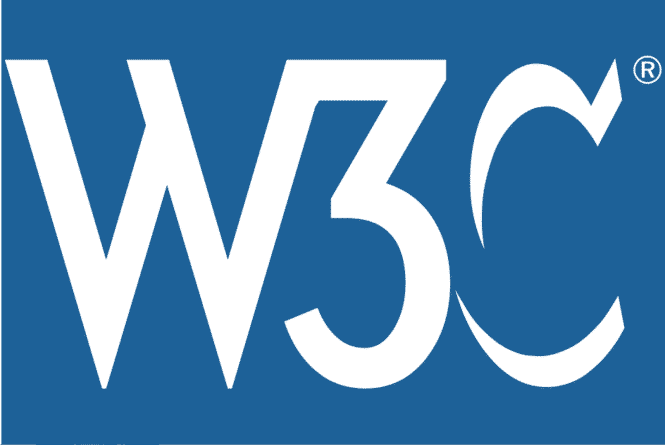
WCAG2ICT Published as W3C Group Note
On October 8th, 2024, the W3C Accessibility Guidelines Working Group (AGWG) published Guidance on Applying WCAG 2 to Non-Web Information and Communications Technologies (WCAG2ICT) as a completed W3C Group Note. WCAG2ICT describes how Web Content Accessibility Guidelines (WCAG) principles, guidelines, and success criteria can be applied to non-web information and communications technologies (ICT), specifically to non-web documents and software. The Note includes guidance for WCAG 2.0, 2.1, and 2.2 success criteria and glossary terms. For an introduction, see: WCAG2ICT Overview.
On October 8th, 2024, the W3C Accessibility Guidelines Working Group (AGWG) published Guidance on Applying WCAG 2 to Non-Web Information and Communications Technologies (WCAG2ICT) as a completed W3C Group Note. WCAG2ICT describes how Web Content Accessibility Guidelines (WCAG) principles, guidelines, and success criteria can be applied to non-web information and communications technologies (ICT), specifically to non-web documents and software. The Note includes guidance for WCAG 2.0, 2.1, and 2.2 success criteria and glossary terms. For an introduction, see: WCAG2ICT Overview.
The WCAG2ICT Group Note has been a key resource for including WCAG in ICT accessibility regulation, legislation, and other standards around the world. The updated WCAG2ICT now facilitates further adoption of WCAG 2.1 and WCAG 2.2 in non-web contexts.
Example: Examples of technology that may have closed functionality include but are not limited to:
- self-service transaction machines or kiosks — examples include machines used for retail self-checkout, point of sales (POS) terminals, ticketing and self-check-in, and Automated Teller Machines (ATMs).
- telephony devices such as internet phones, feature phones, smartphones, and phone-enabled tablets
- educational devices such as interactive whiteboards and smart boards
- entertainment technologies including gaming platforms or consoles, smart TVs, set-top boxes, smart displays, smart speakers, smart watches, and tablets
- an ebook reader or standalone ebook software that allows assistive technologies to access all of the user interface controls of the ebook program (open functionality) but does not allow the assistive technologies to access the actual content of book (closed functionality).
- medical devices such as digital blood pressure monitors, glucose meters, or other wearable devices
- an operating system that makes the user provide login credentials before it allows any assistive technologies to be loaded. The login portion would be closed functionality.
- other technology devices, such as printers, displays, and Internet of Things (IoT) devices

